Garlic Mustard
About Garlic Mustard
Garlic mustard (Alliaria petiolata) is an herb from Europe that was likely introduced for use in cooking. A biennial plant, it doesn’t bloom until its second year, at which point it rises to 1 to 3 feet tall and produces small white flowers.
The Problem
Its numerous seeds are dispersed by wind and water. It invades fields and woodlands, displacing native vegetation. Garlic mustard can change soil conditions to inhibit the growth of most other plants.
The Solution
For small populations, hand pulling can be effective. You can also mow before the plants produce seeds, but if the stems are cut too high, they may flower again. Also effective are systemic herbicides based on the active ingredient glyphosate, applied as a foliar spray. Because garlic mustard seeds persist in the soil, annual control may be needed for several years. In wetlands, control is subject to the Massachusetts Wetlands Protection Act; be sure to check with the local conservation commission. Always read and follow the directions on the label when using herbicides. In wetlands, only apply herbicides registered for use in these habitats.
Pictures of Garlic Mustard
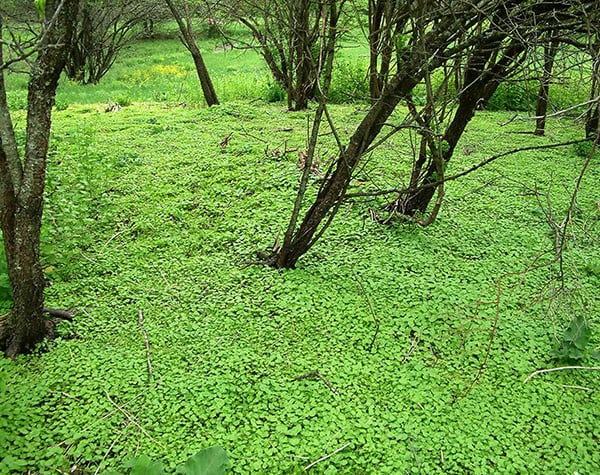
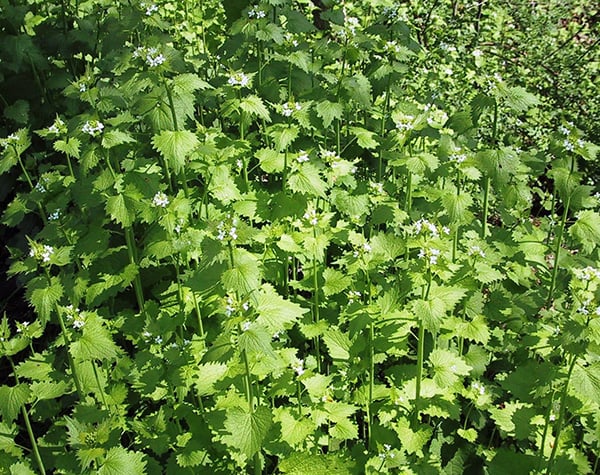
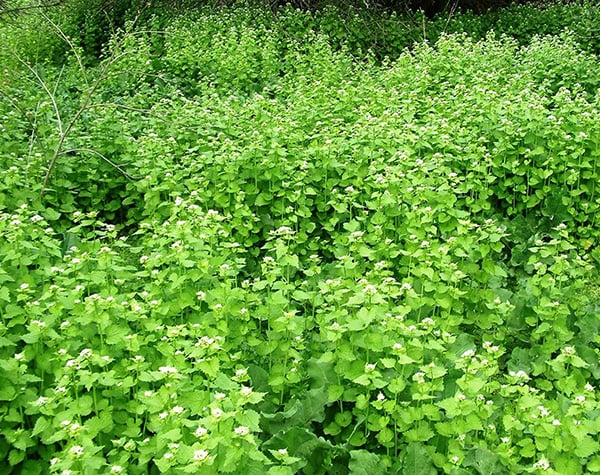
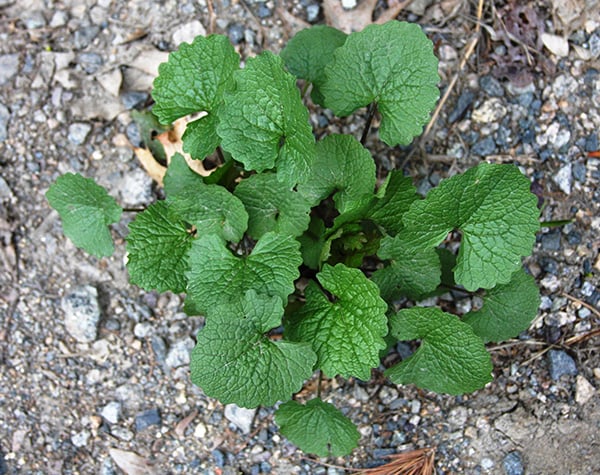
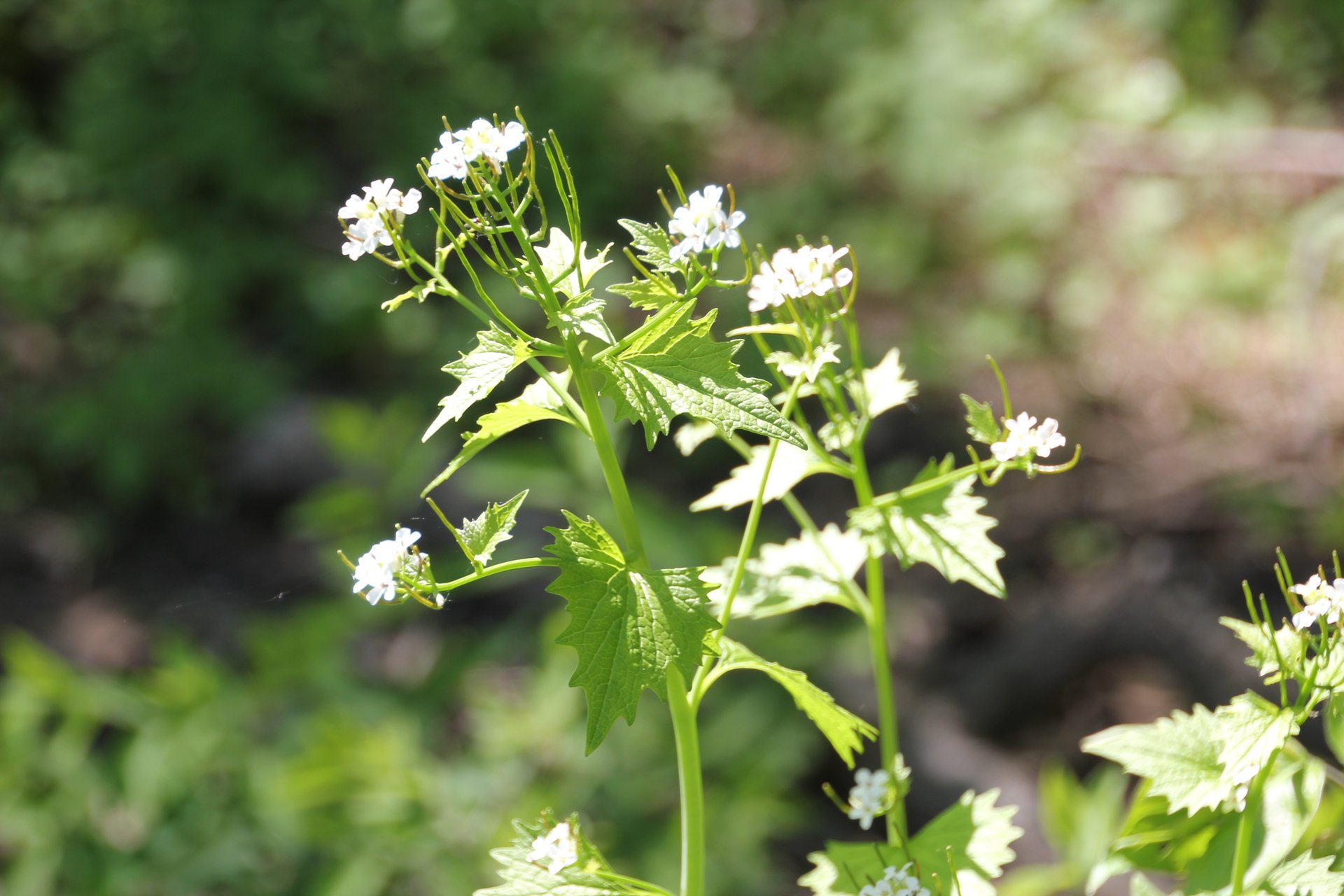
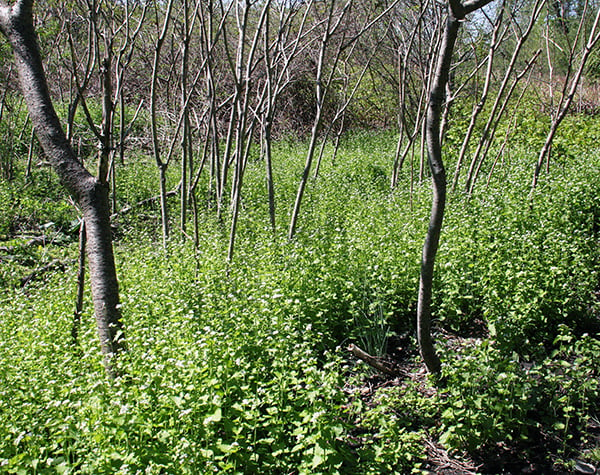
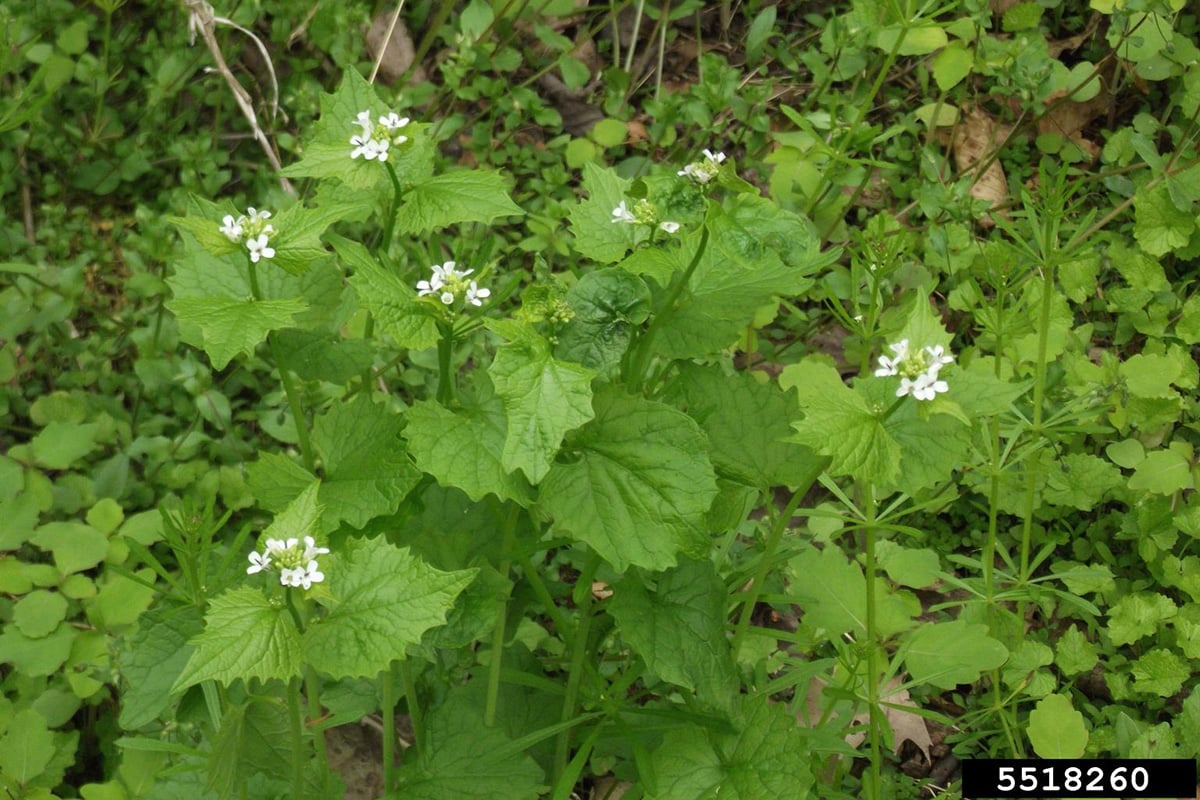
Stay Connected
Don't miss a beat on all the ways you can get outdoors, celebrate nature, and get involved.


